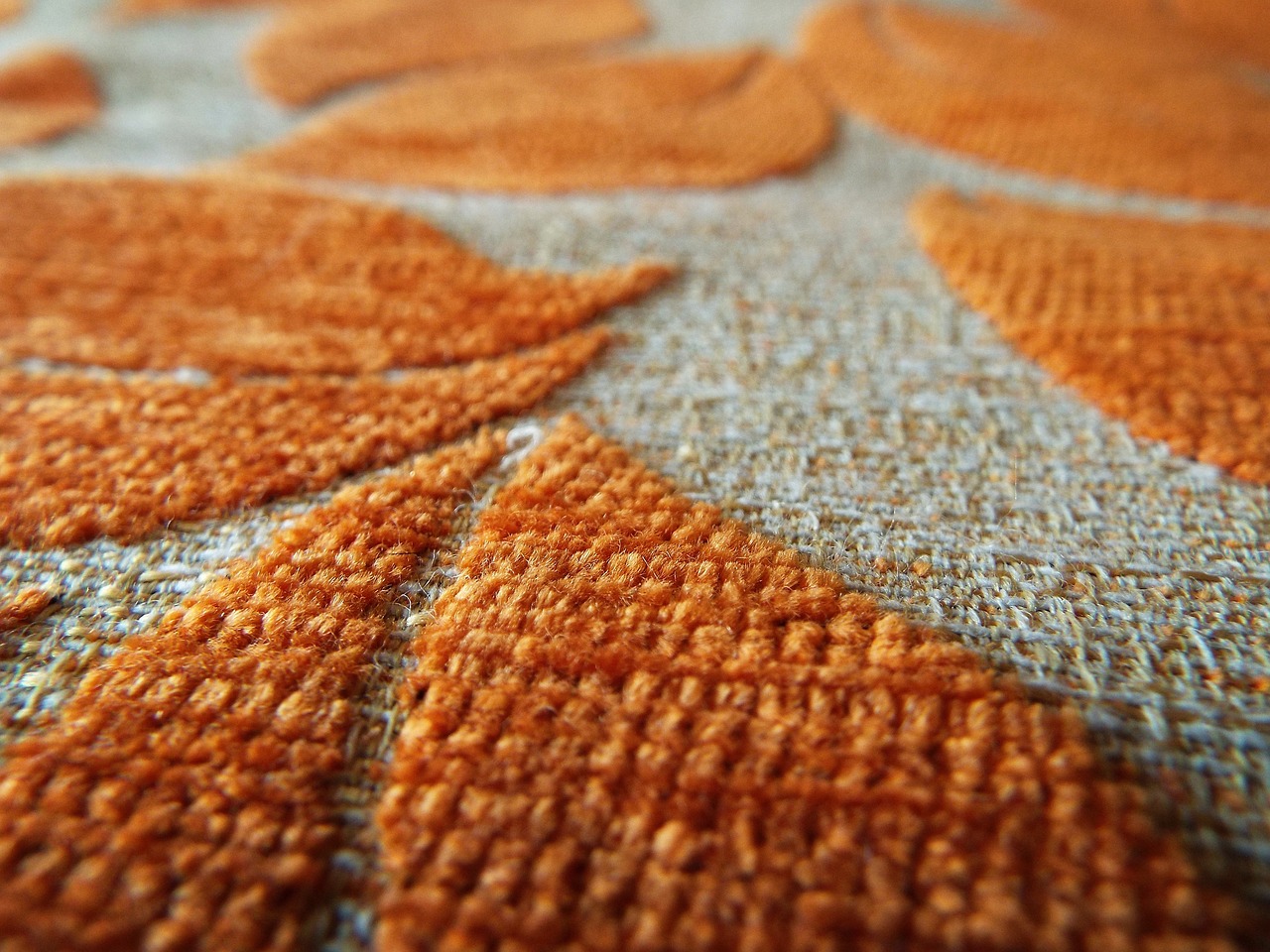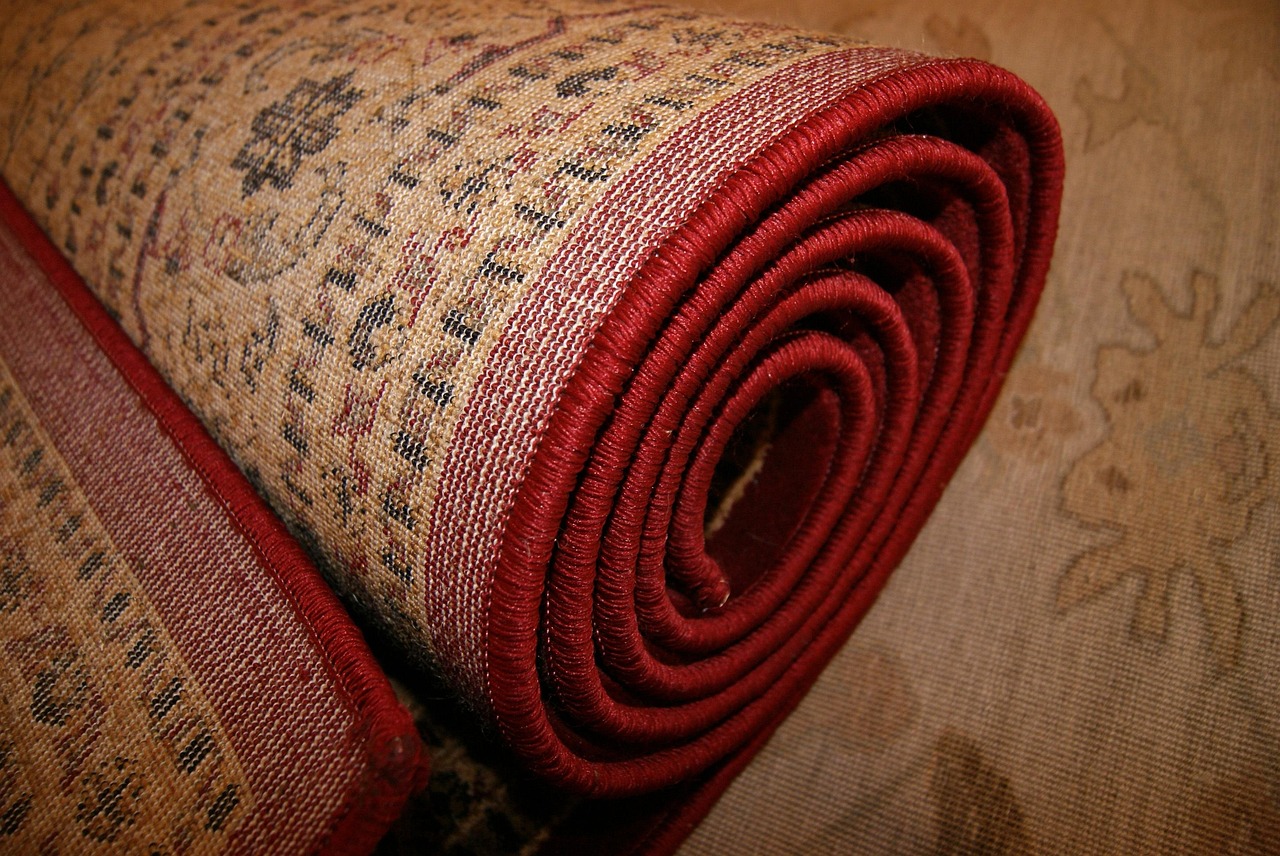Views: 0 Author: Site Editor Publish Time: 2025-07-18 Origin: Site










Area rugs are an essential part of home decor, adding warmth and beauty to a space. However, they can easily accumulate dust, stains, and allergens, which is why regular cleaning is crucial to maintaining a fresh and clean environment.One common question homeowners often ask is, Can you wash an area rug in the washing machine? In this article, we will explore whether it's safe and effective to wash area rugs in a washing machine, and provide tips for doing so safely.
Definition: Area rugs are typically smaller rugs used to cover specific areas of a room, usually measuring around 2x3 feet, 4x6 feet, or similar sizes. They serve both decorative and functional purposes, providing comfort and warmth.
Different Types: Area rugs come in various styles, including modern, traditional, and Persian, each with distinct materials and weaving techniques.
Common Materials:
Wool: A natural fiber known for its softness and durability.
Cotton: Lightweight, easy to clean, and often used for everyday rugs.
Synthetic Fibers: Such as polyester and nylon, known for being durable, stain-resistant, and easy to maintain.
Natural Fibers: Like jute and sisal, which offer a rustic, eco-friendly appeal but may be harder to clean.

Removing Dust and Allergens: Area rugs can trap dust, mites, and allergens, affecting indoor air quality. Regular cleaning helps remove these contaminants.
Removing Stains and Odors: Spills, pet accidents, and other stains can leave unpleasant marks and odors. Cleaning your rug helps maintain its appearance and freshness.
Extending the Life of Your Rug: Regular cleaning helps reduce wear and tear, ensuring your rug lasts longer and maintains its aesthetic appeal.
Washing Limitations: Many people are hesitant to wash area rugs in a washing machine due to concerns about shrinking, damage, or losing the rug's texture, especially with more delicate materials.
Size Issues: Some area rugs are too large for standard home washing machines, raising concerns about whether machine washing is a viable option.
Machine-Washable Rugs: If your area rug is made of synthetic fibers (such as polyester, nylon) or cotton, it is typically safe to wash in a machine. These materials are durable and resistant to damage during cleaning.
Rug Thickness: Thin area rugs can generally be washed in a standard washing machine, while thick, plush rugs may be too large or heavy for machine washing.
Rug Design: Simple rugs without intricate patterns, fringes, or delicate backing are more likely to withstand machine washing without damage.
Wool Rugs: Wool is a delicate fiber that can shrink and lose its softness when washed in a machine. It's best to avoid machine washing wool rugs.
Natural Fiber Rugs: Rugs made from jute, sisal, or other natural fibers are prone to damage and may not hold up in a washing machine.
Handmade Rugs: Handwoven rugs or those with intricate designs, especially high-quality or antique rugs, are best preserved through professional cleaning or hand washing.
Rugs with Tassels or Embellishments: Fringes, tassels, or other delicate embellishments can get tangled or damaged in the washing machine.
Consider Rug Size and Washer Capacity: Standard home washing machines may not be able to handle large rugs. Washing large area rugs in a small machine can cause overload, which may damage both the rug and the machine.
Alternatives for Large Rugs: For larger rugs, consider using a commercial washing machine at a laundromat or opting for professional rug cleaning services to ensure proper care.
Pros:
Convenience: Washing rugs in a machine is a quick and hassle-free method, especially for small or medium-sized rugs.
Cost-Effective: Doing it yourself saves the cost of professional cleaning services.
Effective Cleaning: It can remove dirt, dust, and odors effectively from synthetic or cotton rugs.
Cons:
Potential Damage: Not all rugs are suitable for machine washing. Delicate materials like wool or silk can be damaged.
Size Limitations: Large or thick rugs may not fit in the washing machine or may be too heavy for the machine to handle properly.
Potential Appearance Issues: Improper washing methods may cause colors to fade or the rug to lose its shape or texture.

Step 1: Check the Rug’s Care Label: Ensure that the rug is machine washable by checking the care label for specific instructions.
Step 2: Treat Stains: For heavily soiled areas, apply a stain remover or pre-treatment product to remove stubborn stains before washing.
Step 3: Select the Right Wash Cycle: Use a gentle or delicate wash cycle to minimize stress on the rug fibers.
Step 4: Use Mild Detergent: Choose a mild, non-bleach detergent to preserve the colors and integrity of the rug.
Step 5: Drying Your Rug: Air dry the rug by laying it flat on a clean surface, or use a low-heat setting on your dryer. Avoid high heat, which can cause shrinkage or damage.
Cotton Rugs: Cotton rugs are typically safe to wash in a machine. Use cold water and a gentle detergent to avoid shrinkage.
Synthetic Rugs: Rugs made from polyester, nylon, or other synthetic fibers can handle slightly warmer water and a more vigorous wash cycle.
Thin vs. Thick Rugs: Thin rugs are more likely to survive machine washing, while thick rugs might need more delicate handling or should be washed by hand.
When to Consider Professional Cleaning: For expensive, fragile, or large rugs, professional cleaning ensures they are thoroughly cleaned without risk of damage. Professional cleaners can also handle stains and dirt that may be difficult to remove at home.
Benefits of Professional Cleaning: Professional services use specialized equipment and techniques that are safe for high-quality or antique rugs.
Benefits of Hand Washing: Hand washing is gentler on the fibers and allows you to control the process more carefully. This method is ideal for delicate or high-end rugs.
Hand Washing Steps: Use mild detergent and lukewarm water to gently wash the rug by scrubbing or soaking. Rinse thoroughly and air dry.
Spot Cleaning: For minor stains or dirt, spot cleaning can be an effective solution. Apply a small amount of detergent to the stained area and blot with a clean cloth.
Vacuuming Regularly: Regular vacuuming helps keep your rug free from dust and debris, reducing the need for frequent deep cleaning.
Use a Mesh Laundry Bag: To reduce friction and prevent wear and tear, place your rug in a mesh laundry bag before washing.
Choose the Right Wash Settings: Use a gentle cycle with cold water to prevent fibers from shrinking or becoming damaged.
Proper Drying Techniques: Avoid using a high-heat dryer; instead, air dry the rug by laying it flat.
Regular Vacuuming: Vacuuming your rug regularly helps to remove dirt and allergens, keeping the rug cleaner for longer.
Use Rug Pads: Rug pads help to prevent slipping and reduce wear on the rug, extending its lifespan.
In most cases, area rugs made from cotton or synthetic fibers are safe to wash in the washing machine. However, delicate or valuable rugs, such as wool or handmade rugs, should be cleaned with more care, either by hand or through professional services.
Regular cleaning and proper care will help maintain your rug’s appearance and longevity, ensuring it remains a beautiful part of your home for years to come.
A:Rugs with rubber backing should not be washed in a machine as the heat and water can damage the rubber, causing it to lose its grip.
A:The frequency depends on the rug's usage. As a general guideline, area rugs should be cleaned every 3-6 months. Rugs in high-traffic areas or homes with pets or allergies may need more frequent cleaning.
A:Yes, front-load washing machines are suitable for small to medium-sized rugs, but ensure that the rug fits comfortably in the drum and doesn’t cause an overload.
A:Avoid using bleach, as it can damage the fibers and fade the colors. Use a mild detergent instead.
A:Measure both the rug and your washing machine to ensure it can fit comfortably without stressing the machine.
